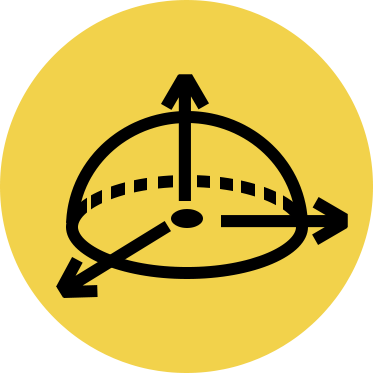Electric bikes are a topic of conversation everywhere lately because they are an eco-friendly alternative to traditional motor vehicles, with their popularity continuing to rise. With this increase in interest, many people have questions about electric bikes and their use. Here are the most frequently asked questions we receive each day about electric bikes!
What exactly is an electric bicycle?
An electric bike is a traditional bicycle equipped with a motor, battery, and display screen. While a rider is pedaling, electric bikes provide additional power depending on the riding mode or pedal-assist level chosen by the rider. Some e-bikes may have additional features such as a belt drive, foldable design, or gyroscope for detecting uphill riding.
Are E-bikes easy to ride?
Yes! E-bikes are incredibly easy to ride. Many riders find e-bikes easier to use than traditional bikes. This is because an e-bike can provide assistance from the moment one begins pedaling or using the throttle, if equipped, thus allowing them to get up to speed more quickly and easily. In addition, an e-bike can make long or difficult bike routes easier by assisting the rider with additional power allowing them to ride faster, longer, and more efficiently.
Are Electric Bikes legal?
Yes, electric bikes are fully legal as long as they follow certain rules for their class or country. Most reputable e-bike brands will not ship or manufacture an illegal configuration.
How fast can an e-bike go?
An e-bike’s top speed is determined by the model of bike and the country of operation. For example, a Honbike Uni4 model e-bike has a top speed set at 15.5mph in most European countries and a top speed of 20mph in the United States. This is because speed limits are regulated differently by each individual country and each class of e-bike.
For simplicity, here are the L1e-A (Europe) top speeds for many common countries:
 Europe (general) L1e-A: 25 km/h
Europe (general) L1e-A: 25 km/h UK L1e-A: 25 km/h
UK L1e-A: 25 km/h Belgium L1e-A: 25 km/h
Belgium L1e-A: 25 km/h Denmark L1e-A: 25 km/h
Denmark L1e-A: 25 km/h Finland L1e-A: 25 km/h
Finland L1e-A: 25 km/h France L1e-A: 25 km/h
France L1e-A: 25 km/h Germany L1e-A: 20 km/h
Germany L1e-A: 20 km/h Norway L1e-A: 20 km/h
Norway L1e-A: 20 km/h Sweden L1e-A: 25 km/h
Sweden L1e-A: 25 km/h
What is the drive system of an e-bike?
The drive system of an e-bike refers to the connection between the center gear sprocket (at the pedals) and the rear gear in the center of the rear wheel. The system may be a common chain that requires grease, a belt, or a shaft drive. Each e-bike drive system has its own unique benefits.
What is “pedal-assist" and how does it work?
Pedal-assist refers to the assistance an e-bike adds to the rider while they are pedaling. The motor and battery combine to increase the speed of the bike above what the rider pedaling would normally produce. This can often be changed depending on the setting or the level of pedal-assist chosen on the e-bike display or controls.
What maintenance is needed on an electric bike?
Just like with traditional bikes, most e-bikes need to have tire pressure monitored and sometimes refilled, chains greased, frames cleaned, and derailleurs adjusted. However, by opting for a chain-free experience with one of Honbike’s e-bike models, riders can enjoy thousands of miles of maintenance-free riding.
What makes Honbike unique?
Honbike’s extreme focus on award-winning design, combined with an innovative approach to the drivetrain of their e-bikes sets them apart from regular e-bikes. By utilizing ergonomic design and maintenance-free drivetrains such as belt drives and shaft drives, Honbike delivers a unique e-bike experience unlike any other.
Read More






































